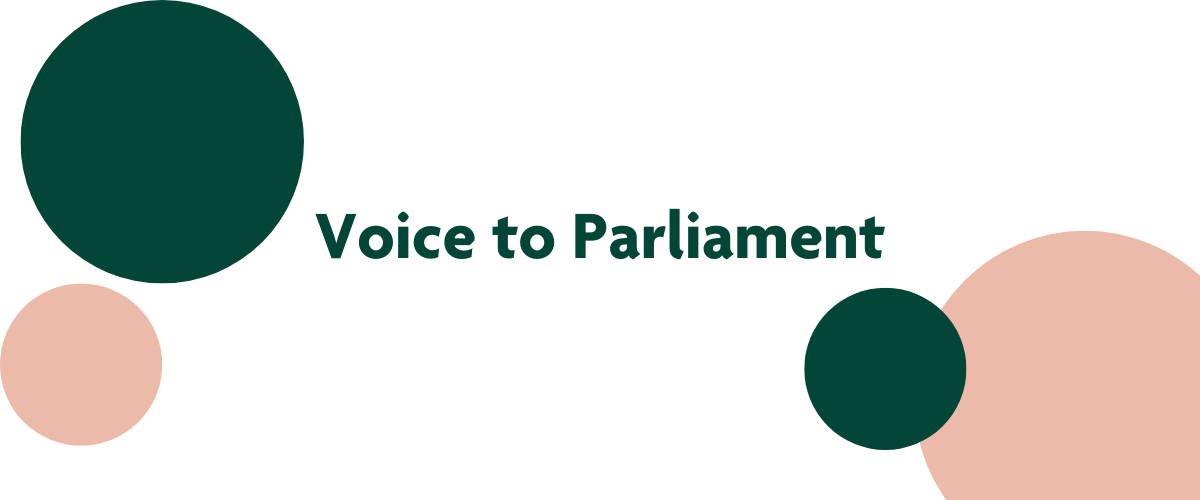Posted by
Buried deep in the interim report from the Royal Commission into Victoria’s Mental Health System is a problem found in most social services.
Too complex for general services, but not complex enough for specialist or tertiary. This is a familiar experience for people not just seeking mental health services, but all types of services from justice to education, healthcare to child protection.
When it comes to social services, we’re quick to invest in tertiary and emergency responses but often overlook community-based services that work with people and families to build their resilience and address health and wellbeing issues before a crisis emerges.
Victoria is home to world-class tertiary health and social care systems. These systems are designed for episodic interventions, triaging and managing risk. They’re not designed to prevent emergencies, they’re designed to support people experiencing them.
Although the evidence tells us that early intervention delivered by community-based services is both cheaper and more effective, we continue to ask tertiary services to do what they aren’t designed to do. As long as we continue, we will fail to shift the dial on Victoria’s biggest social challenges.
The missing middle in Victoria’s public services
In Victoria’s health system, there are general practitioners to care for minor issues and tertiary hospitals for complex healthcare, but there are few services available in the middle to prevent issues like chronic illnesses or obesity.
There are counsellors and primary mental health services and intensive bed-based services for complex psychological disorders, but there’s little support for people with moderate needs that don’t need to be treated in a hospital or psychiatric facility.
Victoria has leading perinatal, maternal and child health services and a crisis-driven child protection system for children who need it. Early intervention services do exist for families in need, but greater demand is pulling them to the crisis end.
Victorians also enjoy a good primary and secondary school education and leading specialist schools for students with complex needs, but there is still a lack of support for disengaged learners.
To address crime we have programs in schools and community groups to educate young people, but poorly funded responses to at-risk youth and adults has contributed to rates of imprisonment not seen since before federation.
Asking a leopard to change its spots
A typical solution to these problems is to add more funding to the tertiary system. The assumption is that extra funding in the tertiary system will trickle down to early intervention services.
But, just like economics, not a lot trickles down. Repeated attempts often fail because tertiary services continue to do exactly what they are designed to do: solve emergencies once a person enters the system.
Meanwhile, as people fail to get the early intervention they need, the risk of other emergencies increases. Failing to identify and address family violence often leads to hospitalisation or child protection. Poor childhood development has strong links to homelessness and crime. Time spent outside the education system affects employment and so on.
Early intervention where it’s needed
What if the middle isn’t missing, we’re just looking in the wrong place? Ask any frontline worker and they’ll say the people who need these services aren’t missing, they’re just not where our system wants them to be.
Opportunities to deliver middle services are everywhere our current system doesn’t want them either. They’re in schools where teachers are often the first to identify poor health or family instability. They’re in family services who see the impact of family instability emerging in a young person’s mental health or risk-taking behaviour. They’re in women’s and family violence services who work with victims to recover from the impact of trauma.
Instead of wishing people would turn up where and when we want them, we could place high-quality specialists where they are before the problem becomes an emergency.
The solution to the mental health crisis isn’t just injecting more beds and clinical services into the system which will inevitably be sucked to the crisis end, but also embedding specialists in schools, community services and early childhood centres where they can identify and treat issues in its early stages.
Supporting community services to promote good health and wellbeing, improving access to health and education and, crucially, strengthening family and social connections are other ways we can start to fill the gap.
This article first appeared on The Mandarin on 31.01.2020







